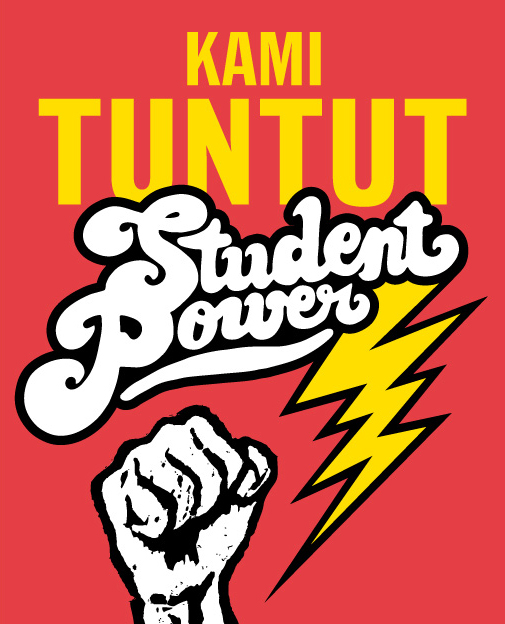
ON 11 Aug 2010, the cabinet reiterated its decision that students are not allowed to be involved in political parties. However, Deputy Prime Minister Tan Sri Muhyiddin Yassin, who is also the education minister, said this should not prevent students from discussing politics and current affairs. Citing the speaker’s corner in some universities, Muhyiddin said students have been given more freedom of speech since the Universities and University Colleges Act 1971, known by its Malay acronym Auku, was last amended in 2008.
“But the speaker’s corner is dead, nobody goes there,” quips artist-filmmaker Fahmi Reza.
Fahmi, who has done extensive research on the history of the student movement in Malaysia, reveals that university students in the 1960s were already political and deeply engaged in national issues. And it was Auku that was eventually used to destroy a vibrant student movement that clearly challenged the Alliance government.
Fahmi has been sharing his historical findings through a multimedia presentation titled Student Power. Because he’s so far not been able to present in Universiti Malaya itself and has been banned from UiTM, Student Power has been making its rounds outside of campus, including to senators at the Dewan Negara.
Supported by Five Arts Centre, the director of 10 Tahun Sebelum Merdeka is still researching the under-documented history of the Malaysian student movement in the 1960s and 1970s. He spoke to The Nut Graph about his latest project in an exclusive interview on 30 July 2010 in Kuala Lumpur.
TNG: What got you started on the Student Power project?
Fahmi Reza: Like with 10 Tahun Sebelum Merdeka, I was inspired by a book that presented a part of our history that few people knew about. I was inspired by Ahmad Boestamam’s Merintis Jalan ke Punchak (Pustaka Kejora, 1972) to make 10 Tahun Sebelum Merdeka.
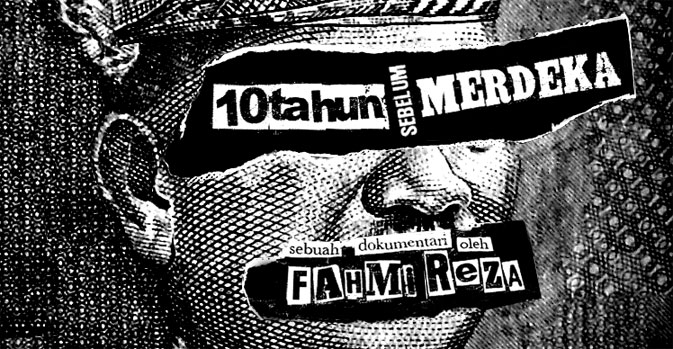
With this latest project, it was Mahasiswa Menggugat (The Student Revolt) by (Prof Datuk Paduka) Mohamad Abu Bakar (Pustaka Antara, 1973). I like to visit old bookstores to look for bargains and I stumbled upon this book a couple of years ago at the publisher’s bookstore and bought it for only RM8!
The book documented the birth of the student movement in Universiti Malaya (UM). The first time I read about their history in the 1960s was like the first time I read about the (1947 nationwide) hartal in Merintis Jalan ke Punchak. I was shocked yet also [fascinated by the stories].
Another inspiration was the UM speaker’s corner. I consider myself a free speech advocate, so it really inspired me to find out that from the 1960s up to the 1970s, free speech existed in UM. The students could debate anything in campus; nothing was taboo.
Can you tell us more about the student movement in the 1960s?
The students did amazing things. They ran an independent and democratic kerajaan mahasiswa, founded the speaker’s corner, and took part in the 1969 general election. My [multimedia] lecture covered the birth of the student movement in the mid-1960s till its climax in 1969. That was the first wave of the movement and the focus of the first phase of my research. The second wave was in the 1970s, after Auku was enacted.
In the 1960s, the students had their own union, called Umsu (University of Malaya Students’ Union). UM was the only university in the country at that time. Although there were other small colleges with their own unions, Umsu was always the leader among them.
The students managed their own affairs through the students’ union. The university administration rarely interfered. Umsu was independent, autonomous and democratic. It was led by a democratically elected students’ council; the annual elections were conducted by the students themselves.
Umsu also had its own constitution. Basically they established their own student government. Every year, they would have an AGM (annual general meeting) involving the whole student body. It was like a students’ parliament, where they would debate and decide on policies or amend the constitution.
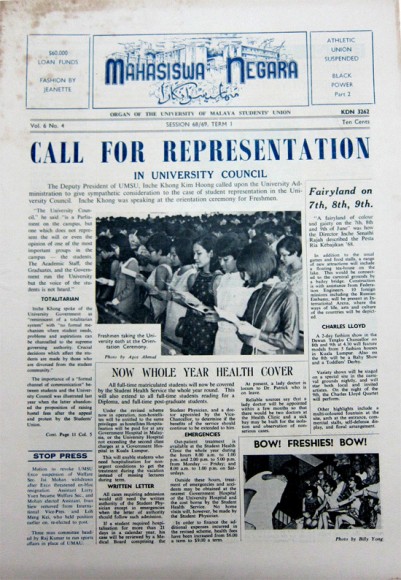 All students who entered UM were automatically a member of the students’ union. First-year students had to pay RM10 and second-year students RM8. By 1969, the union had a membership of 6,250 students and RM135,000 in the bank. Umsu had money to buy buses to manage their own transportation on campus, publish their own newspaper Mahasiswa Negara and Varsity magazine, run their own canteen, and organise all sorts of activities. All the societies and clubs received their funds from the students’ union.
All students who entered UM were automatically a member of the students’ union. First-year students had to pay RM10 and second-year students RM8. By 1969, the union had a membership of 6,250 students and RM135,000 in the bank. Umsu had money to buy buses to manage their own transportation on campus, publish their own newspaper Mahasiswa Negara and Varsity magazine, run their own canteen, and organise all sorts of activities. All the societies and clubs received their funds from the students’ union.
Compared to our students now who can’t collect money as it’s prohibited under Auku, the students in the 1960s were financially independent [from the university administration].
So the students were trusted to handle their own affairs?
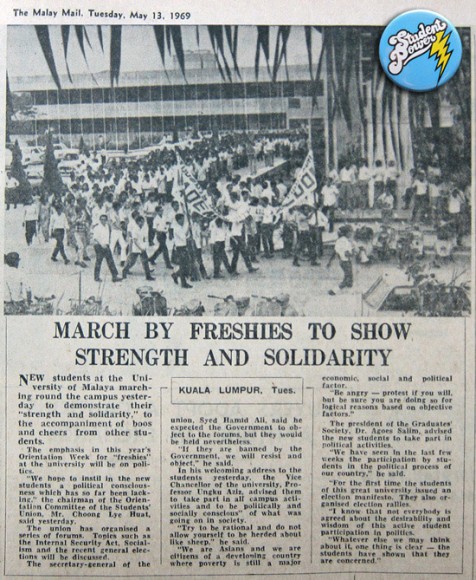
Yes, besides the elections, the students also ran the orientation programme themselves. It was a tradition for first-year students to march around the campus in solidarity, to instil “semangat perpaduan mahasiswa” in them. And look at the forums they organised for the first-years in 1969: “International students unrest”, “The ISA, which has weakened the opposition parties, is detrimental to democracy”, “Socialism as a solution to economic problems”, “Political parties and their objectives”, “Analysis of results of 1969 elections”.
The students could organise political forums freely. They could invite anyone to their forum. And they loved to invite people from both sides of the political divide, for example (Tun Dr) Mahathir Mohamad, (Tun) Musa Hitam, (Tan Sri Dr) Tan Chee Khoon from the Labour Party, Lee Kuan Yew. So they were exposed to different ideas and perspectives. Again, the university administration never interfered. The students would also ask tough questions, until some of the politicians were afraid to come to their forums.
What about the speaker’s corner, then? Was it founded during that period, too?
Yes, I’ve always wanted to find out who started the speaker’s corner in 1966, and I finally found out that it was a second-year UM history student called Ravee Raghavan. At that time, the students needed a platform to discuss political issues. So the speaker’s corner was created to fulfill that need.
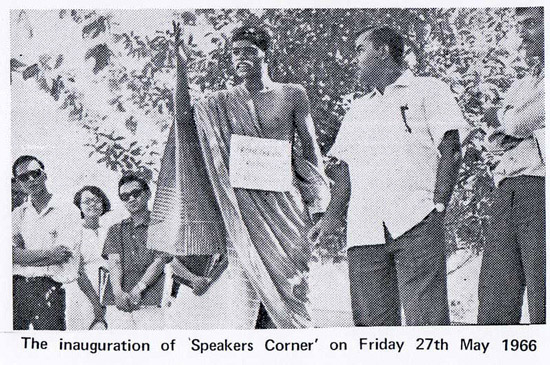 Ravee and his friends kept the speaker’s corner alive after that by having a session every Saturday at 10am without fail. Initially, it was just a space outside the library’s main entrance, but the next year they collected RM200 from the students and built a stage for the corner. That’s the history of the birth of the speaker’s corner, 100% by the students, for the students.
Ravee and his friends kept the speaker’s corner alive after that by having a session every Saturday at 10am without fail. Initially, it was just a space outside the library’s main entrance, but the next year they collected RM200 from the students and built a stage for the corner. That’s the history of the birth of the speaker’s corner, 100% by the students, for the students.
If any issue cropped up, the first place the students would go to was the speaker’s corner. It was their internet. They would even skip class for it, especially the arts students whose faculty was opposite the library. Once they saw people gathering at the corner, they would get out of class to join them.
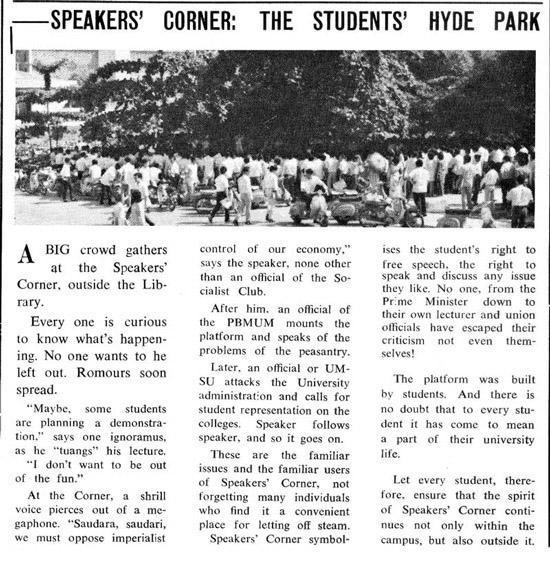
The students would debate anything from student representation in the university administration to the problems faced by the Malay peasantry. They would criticise anyone from the prime minister to the students’ union itself. Economy, race, religion – nothing was too “sensitive” for the students. They learnt how to debate in a civilised manner and it embedded a culture of free speech and enquiry among the students.
Sadly, the tradition is now lost.
What about the 1969 general election?
That was the first time the students took part in the elections but they did not support any political party. They issued a manifesto that outlined their stand on key sociopolitical issues, and they held rallies in 13 cities and towns in Peninsular Malaysia. Thousands of people attended their rallies.
Basically at that time, major political parties like Umno, MCA, MIC, even DAP and Gerakan were harping on racial issues to gain votes. As a result, real issues were suppressed. That’s where the students came in – they took a non-racial approach. Their manifesto was centred on basic rights, issues that affected the rakyat regardless of their race and ethnicity.
The students wanted to inform the rakyat what the key issues were through their manifesto so that the rakyat could bring the manifesto to their candidates, ask the candidates if they would endorse it, pick the candidate who endorsed it, and later hold the candidate accountable to the manifesto if they won. It’s another form of political education for the rakyat, too.
To sum it up, the manifesto asked for equal rights for all, including equal access to education and healthcare; and the abolition of oppressive laws such as the Internal Security Act (ISA) and other laws that limit freedom of expression, assembly and association. During the 1960s, many left-wing political leaders were detained under the ISA, so they wanted the government to release all political detainees as well.
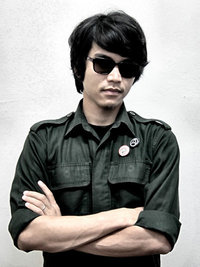
Besides civil and political rights, the students also demanded minimum wage for workers and land reform for landless peasants. If you notice, all these issues that they were fighting for, we are still fighting for them now.
We always think our students are immature, that they don’t know the issues and shouldn’t get involved in politics. But while the political leaders at that time were harping on racial issues, these students were fighting for issues that affect the rakyat. They truly realised their role to society, which was encapsulated in their slogan “Mahasiswa jurubicara rakyat”. They were more mature than the politicians, [and behaved as such].
These stories inspired me, and I hope they will inspire students today, too. ![]()
Next: The decline of the student movement
The Nut Graph needs your support


Eugene says
Wow, how times have changed. It seems to me that Fahmi is talking about a totally different country, a country that I would have loved to live in. Sigh, how times have changed. Something needs to be done. We ‘Malaysians’ not Malays, Chinese, Indians, but Malaysians, need to stand together like how they did in the past. This is OUR country, Malaysia, and WE are MALAYSIANS.
Shawn Tan says
One asks why we have the problem of unemployed local grads today.
Although I am no longer a student, I have to say that I was inspired by this lecture. The positive aspects of exposing our present students to this chapter in history is overwhelming. It will inspire our students to be better, and to live up to their predecessors standards – be creative thinkers, innovators and future leaders.
Ravee Raghavan says
Fahmi Reza’s efforts are very laudable to say the least, but the silence of decency is always to blame authoritarian rule. The decent folks who are in the majority have chosen to remain silent for fear of retributions both political and economic, while the democratic future of their own children is trampled upon.
I was shocked and saddened to read in a recent survey of the top 12 Asean universities that not a single Malaysian university was in this list, not even the once internationally-rated UM. When creative thinking is stifled by narrow-minded politicians and pseudo-intellectual university bureaucrats, this is the consequence.
The country has lost big time. As one who had a role in the UM student movement of the 1960s (centered around Speaker’s Corner) and now living afar, this regression is especially sad. I was hoping that the government’s recent initiative in encouraging the rebirth of speaker’s corners in all campuses was the begining of an end to more than 40 years of the repression of the basic democratic rights of free expression and nothing less than a rape of the mind.
But from Fahmi’s recent travails to hold sessions on a history of the student movement, it is clear that the govt. is playing that “good cop, bad cop” game, with the latter being the university adminsitrators with psuedo-academic titles.
Perempuan Melayu says
Isn’t it unconstitutional to discriminate citizens in a democracy from having a political stance, thus suppressing their voice? If I decided not to go to college, I get to be involved in politics all I want. However, my old classmate who decided to go to college cannot? Why not? Sure, he/she can express his/her opinion at Speaker’s Corner on academic matters, but they cannot express their opinion as a citizen? That’s full of bull crap. Can this law be repealed?